Review: HTC First and Facebook Home
The crux of the HTC First is Facebook Home. Technically speaking, Facebook Home is what's referred to as a launcher: a user interface that replaces the regular Android UI. There are thousands of launchers available for download from the Google Play Store. The entire point of using a launcher is to gain a different experience than that offered by the manufacturer/carrier (TouchWiz, Sense, etc.). They often entirely supplant the lock screen and main home screen panels of any given handset, and include different widgets and controls that go beyond what's offered by stock Android.
After using the First for the better part of a week, I've found that Facebook Home's best feature is that it can be turned off. Before I get to the why, however, let's talk about the what.
To Start
When you first boot the First, you'll be asked the usual set of questions regarding Facebook and Google account info. There's a short tutorial/guide about FB Home stuffed into this process that I highly advise you take the time to complete.
With FB Home active, pressing the lock button wakes the display as normal. Rather than see the time, weather, status indicators, missed calls, etc., you see FB Home, which is a glorified active wallpaper, if you ask me. The FB home screen cycles updates from the owner's FB newsfeed across the screen. Each post, whether it is a simple status update, link, or photo, glides past slowly for about 5 seconds before it advances to the next post. If any is text associated with the post, it appears at the top in white near the FB contact's name. If the post has been "Liked" or commented upon, those stats will appear at the bottom of the screen. If you're impatient, you can swipe through the newsfeed items rather than wait for them to float past.
Want to see more of a post as it floats by? There are two options. If you press-and-hold, the text drops away and the image zooms out so you can see the entire thing. If you want to read the entire post or click the link, press the FB contact's name at the top. When you do this, FB Home goes away and you're taken into the full FB Android application. It's a rather clunky transition.
This is all the basic home screen behavior. So what about navigating to other portions of the UI?
Menus and Apps
You'll notice a small circular photo of yourself at the bottom of the FB home screen. Press-and-hold that, and three options pop up: Messenger, Menu, and Back. Flick your little head towards one of the options and away you go. Here we're going to focus on Menu and Back (we'll cover Messenger in depth in the Messaging section of the review).
The Menu, as Facebook calls it, is how you get to everything else on the phone. Flick your little head up to get to the Menu. On other Android devices, we might call this the app drawer. The Menu screen includes a small grid that can fit 16 apps as well as tools to update your own FB feed (status, photo, or check-in). You can anywhere from 1 to 16 apps on this Menu screen and there's a second grid available for more apps if you swipe to the right. These screens don't support folders. Think of them as the places where you store your favorites, or the apps you access most often.
Alternately, if you swipe the Menu grid to the left, you'll see a traditional Android app drawer screen (the difference in appearance is obvious). This is where all the rest of the apps are stored. This app drawer is organized alphabetically, and you scroll vertically (up and down) to see all the apps. *This* screen cannot be customized; it is what it is. Pick any app from this native Android app drawer and drag it over to the FB Menu page to put it wherever you like.
There's no dock in FB Home, so there's no persistent access to any of your favorite apps other than Facebook. The Menu is the only way to get to the phone, calendar, browser, camera, and so on. Getting to the phone app to make a call takes at least four steps when the First is locked. Most other Android phones allow you to access the phone from the lock screen. There are no widgets in FB Home, either, nor is there a visible status bar unless you swipe down to access it. (You have to swipe down twice to see the notification tray.)
The Back option available from the FB home screen functions more like a multitasking tool. It doesn't take you back a screen, as you might expect; instead, it takes you to the last non-FB application you used. For example, if I used Chrome and then closed it to read through some FB posts, flicking my little head to the Back option from FB Home would take me back to Chrome.
Buttons
What about those three hardware buttons below the screen?
First up: the back button. Yes, it is different from the software Back option discussed above. When you are using FB Home, the hardware back button does one thing: it takes you back to the FB home screen (the version with your head floating at the bottom of the screen and newsfeed posts floating by). However, if you're using any of the regular old Android apps (Gmail, Google+, Music Player), it takes you back one screen. In other words, it performs as most Android users would expect it to.
Then there's the Home button. When viewing the FB Home homescreen, pressing the Home button opens the Menu function. When viewing the Menu function, pressing the Home button takes you to the FB home screen. If you're using *any other app*, pressing the Home button takes you back to the Menu function.
Last, there's a little button that looks like a dash or minus sign. It brings up secondary actions for controlling whatever is on the screen. When using FB Home, the secondary options are always the same. Perhaps most importantly, this is where you find the settings to control FB Home's behavior, but you can also report bugs, log out, and seek help. When using other apps, the dash button brings up whatever secondary control screen is part of that app.
Will the Real Android Please Stand Up?
Everything discussed so far has been in context with Facebook Home. However, there are ways to get past FB Home to the plain old Android 4.1 user interface. The first (and best) way is to simply turn FB Home off. You can do this with the little dash/minus button by logging out.
If you like FB Home and don't want to turn it off, you can get to the underlying Android 4.1 UI by opening the Menu screen, flicking to the left to open the native Android app drawer, and then scrolling all the way down to the bottom of the list where you'll see an odd icon called "More." Press this, and "POOF" you're on an absolutely bare-bones Android 4.1 Jelly Bean home screen. (You can add the More icon to the FB Menu screen if you wish to cut down on the number of steps it takes to get there.)
Once you get to the native Jelly Bean homescreen, the experience is exactly what you'd expect to get from a Jelly Bean device. The notification tray is there, the regular old app drawer is there, widgets are there, a dock is there, and so on. The one caveat I'll mention is the home button. Let's say you've navigated to the stock Jelly Bean screen and then opened up Google Maps. When you're done with Google Maps and want to go back to the Jelly Bean screen, don't hit the Home button (which takes you all the way back to FB Home). Instead, you have to back your way out with the hardware back button if you want to stay in the native Android experience. Really, it's a bit of a pain.
Customizing
There are a couple of things you can do with FB Home that make it slightly more useful.
First, you can choose to see the Status Bar (time, signal, battery, etc.) at the top of the screen when using FB Home. It's not visible unless you actively turn it on. Second, you can deselect an option called "See Home When Screen Turns On." Doing this enables the regular Android 4.1 Jelly Bean lock screen, which (at least) has shortcuts to the camera and Google Now, and lets you see the time/date, and status bar.
If you turn FB Home off completely, you can customize the native Android 4.1 Jelly Bean screens however you want.
One note about security. I could not find a way to lock the First above FB Home. In other words, even if you turn on a screen lock, anyone who picks up your phone will be able to scan through your Facebook posts. Only when you try to access other apps, such as the Menu screen, does the lock screen suddenly pop up.
Opinion
As far as I am concerned, FB Home is not the type of launcher I'd ever want to use on my own device. When I wake my device's screen, I want to see the time, date, and weather, what my missed calls and other notifications are, and I want quick access to the phone or other apps. FB Home offers none of these things. Instead, it is an obstacle that I need to push aside to get at what I really want. (I felt the same way about BlinkFeed on the HTC One.) Quite honestly, I'm happy to keep Facebook trapped within the confines of the official, stand-alone application rather than let it consume my home screen.
That said, I am sure there are some people who don't care about anything else other than Facebook, and the thought of watching their FB newsfeed posts float past on the screen for 30 minutes or more is sheer bliss.









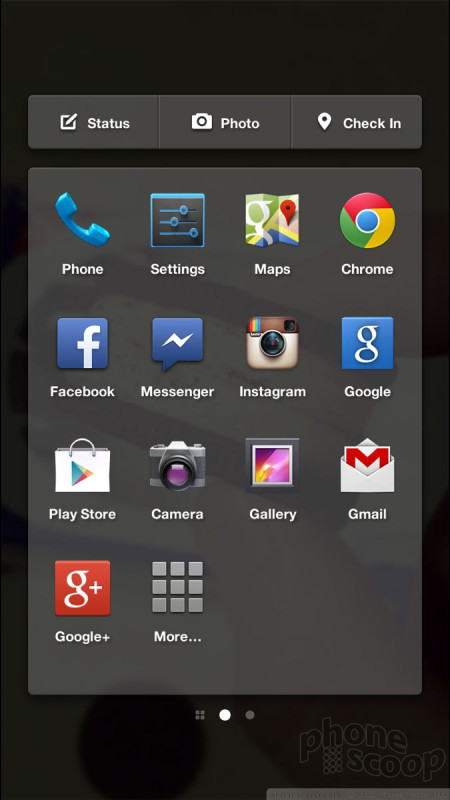





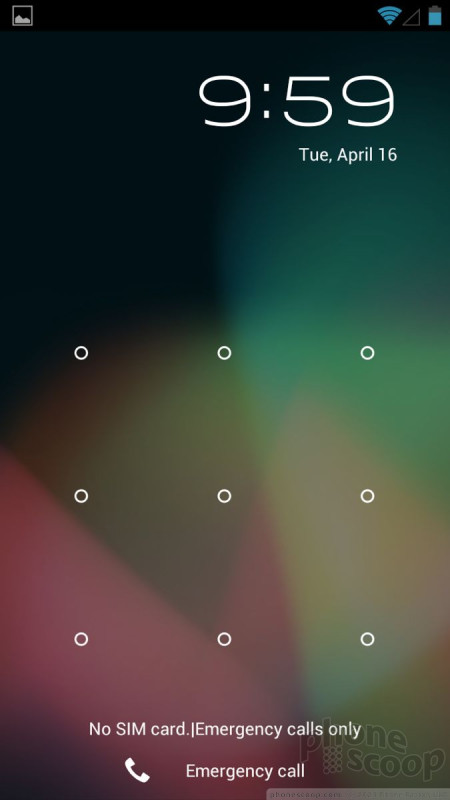




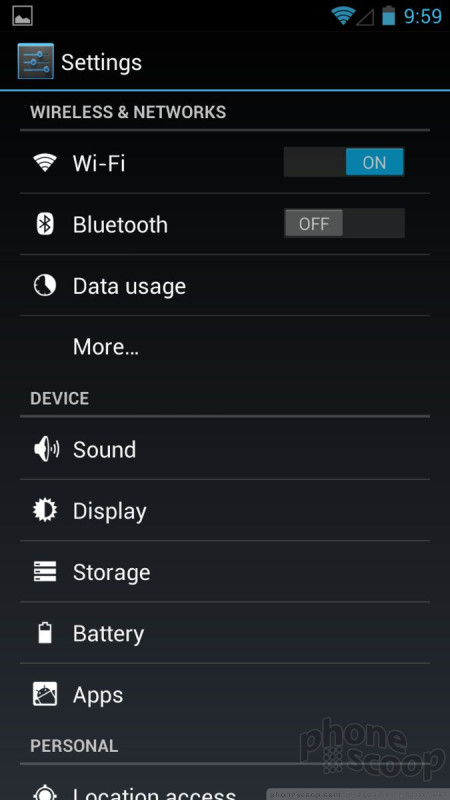




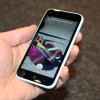 Hands-On: HTC First
Hands-On: HTC First
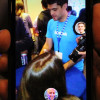 Hands-On: Facebook Home
Hands-On: Facebook Home
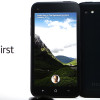 HTC Announces the HTC First, a Facebook-Centric Phone
HTC Announces the HTC First, a Facebook-Centric Phone
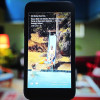 Facebook Announces Facebook Home for Android
Facebook Announces Facebook Home for Android
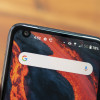 Hands On with the Orbic Myra 5G for Verizon
Hands On with the Orbic Myra 5G for Verizon
 HTC First
HTC First




